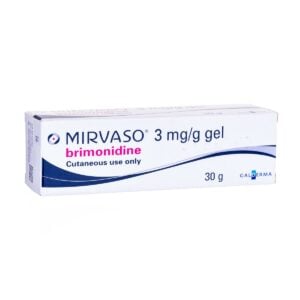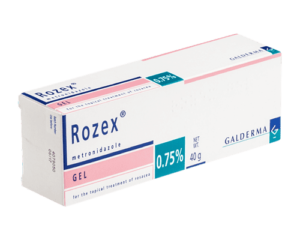Consultation Complete
Please select from the treatments we recommend below.
Rosacea
Rosacea is an inflammatory skin condition causing redness, facial flushing, and dilated or broken blood vessels affecting the cheeks, chin, nose and forehead predominantly. This condition can cause embarrassment, social anxiety, and depression. Let us help you bring your confidence back.
Rosacea FAQ's
Rosacea is a inflammatory skin condition causing redness, facial flushing and dilated or broken blood vessels affecting predominantly the cheeks, chin, nose and forehead. In some cases you may get small fluid filled bumps called pustules or papules. You may also experience dry skin, swelling especially around the eyes and thickened skin mainly on the nose.
Rosacea is more common in women than men and affects people aged between 30-60 years old. It is also more noticeable in patients with fairer skin.
The causes are unclear but are likely to involve generic and environmental factors.
- Genetic factors can account to 46% of the cases. Changes in blood vessels and the nervous system play a significant role in the development of Rosacea. A marked increase in the inflammatory markers located at the interface between nervous system and vascular system is a common link in all major presentations of the disorder.
- Microscopic Mites
- Demodex Folliculorum are microscopic mites that live on human skin but patients with rosacea have found to have substantially more concentrations on facial skin. The overabundance of Demodex may possibly trigger an immune response in people with rosacea, or that the inflammation may be caused by certain bacteria associated with the mites.
- Environmental Factors
- Increasing age.
- Photosensitive skin types.
- Ultraviolet radiation exposure.
- Smoking
- Heat or cold ambient temperature.
- Spicy foods and hot drinks.
- Alcohol
- Emotional stress and exercise.
- Drugs such as calcium-channel blockers (may worsen vasodilatation and flushing) and topical corticosteroids.
Rosacea is not acne. Acne occurs at an earlier age, involves the face, back and chest, and presents itself with blackhead and whiteheads. Acne does not have dilated or broken blood vessels, flushing or significant redness. Rosacea also flares up with environmental factors such as smoking, spicy foods and hot drinks or emotional stress.
Management is based on the presenting clinical features and can sometimes need more than one treatment. It is important to note that rosacea is a long term condition and can improve with treatment and relapse over time. The treatment aim should be complete skin clearance if possible. HINT: Try taking a picture before and after to gauge treatment success.
Redness and Flushing: Mirvaso. Mirvaso (brimonidine) should be applied once daily as a when required basis. Mirvaso can reduce redness within 30 minutes reaching peak action at 3-6 hours. If there is improvement continue treatment when required, ideally until skin is clear.
Tender, inflamed, sore red bumps or pus filled spots: Soolantra (ivermectin), once daily for 8-12 weeks. If Soolantra is not tolerate then Rozex (metronidazole) gel/cream may be tried as twice daily application. Soolantra acts as a an anthelmintic and insecticidal preparation whereas Rozex is a antibiotic gel/cream. If there is little or no improvement trial a combination of topical cream and Efracea (doxycycline modified release) 40mg once daily capsules for 8-12 weeks.
Moderate to Severe inflamed, infected pus filed spots: A combination of Soolantra, applied once daily, together with Efracea (doxycycline modified release) 40mg once daily capsules for 8-12 weeks. If Soolantra is not tolerated you may use Rozex and Efracea. If there is improvement continue combination treatment for up to 12-16 weeks. If there is no improvement consult your GP/dermatologist.
Treatment Failure or Psychological Distress: Consult a GP or a dermatologist.
Specialist treatments include oral isotretinoin, electrodessication, intense pulsed light, laser therapy, and many more.

GPhC Registered

Free Delivery (Orders Over £20)

Confidential & Discreet
How It
Works?
1. Consultation
Fill out a quick, free online questionnaire for the condition you may have .
2. Treatment
Choose your preferred treatment and proceed to checkout.
3. Assessment
Our clinicians review your information and may follow up if needed.
4. Delivery
Your medication is approved and delivered quickly in discreet packaging.
1. Consultation
Fill out a quick, free online questionnaire for the condition you may have.
2. Treatment
Choose your preferred treatment and proceed to checkout.
3. Assessment
Our clinicians review your information and may follow up if needed.
4. Delivery
Your medication is approved and delivered quickly in discreet packaging.
How to
How It Works
Join our newsletter
Sign up to enjoy regular updates, exclusive promotions, and special offers, plus 15% off your first order.











